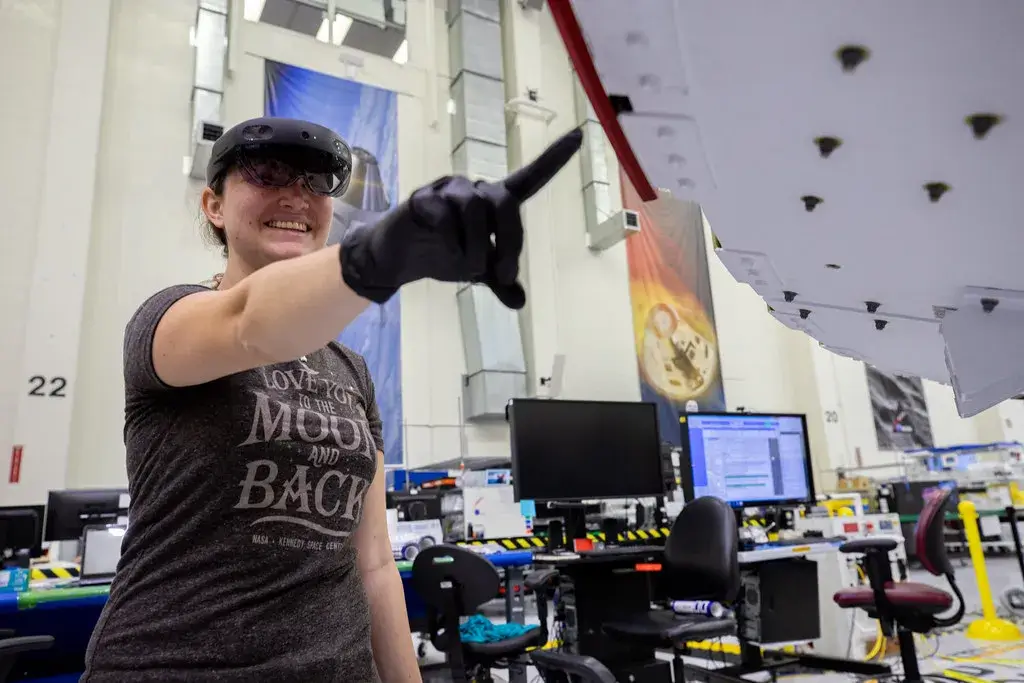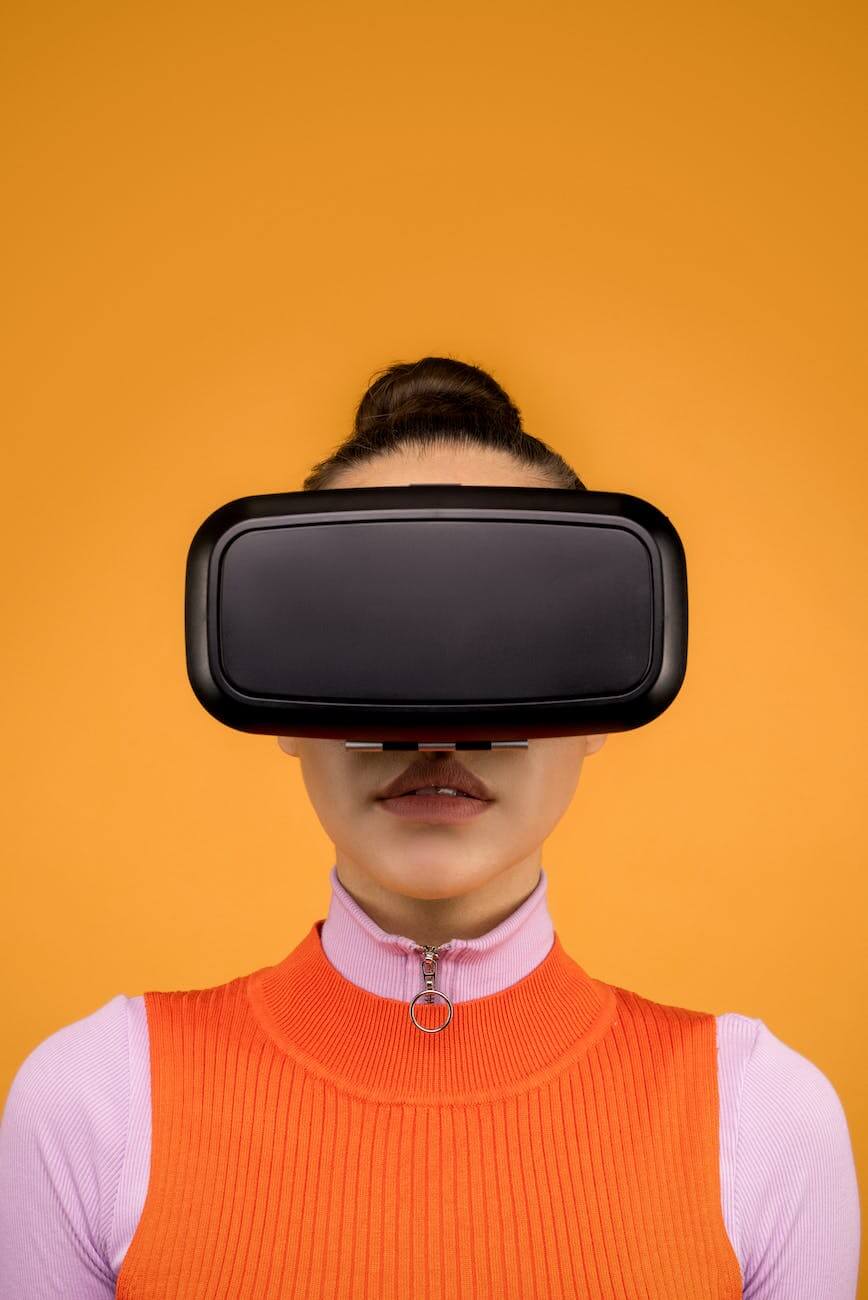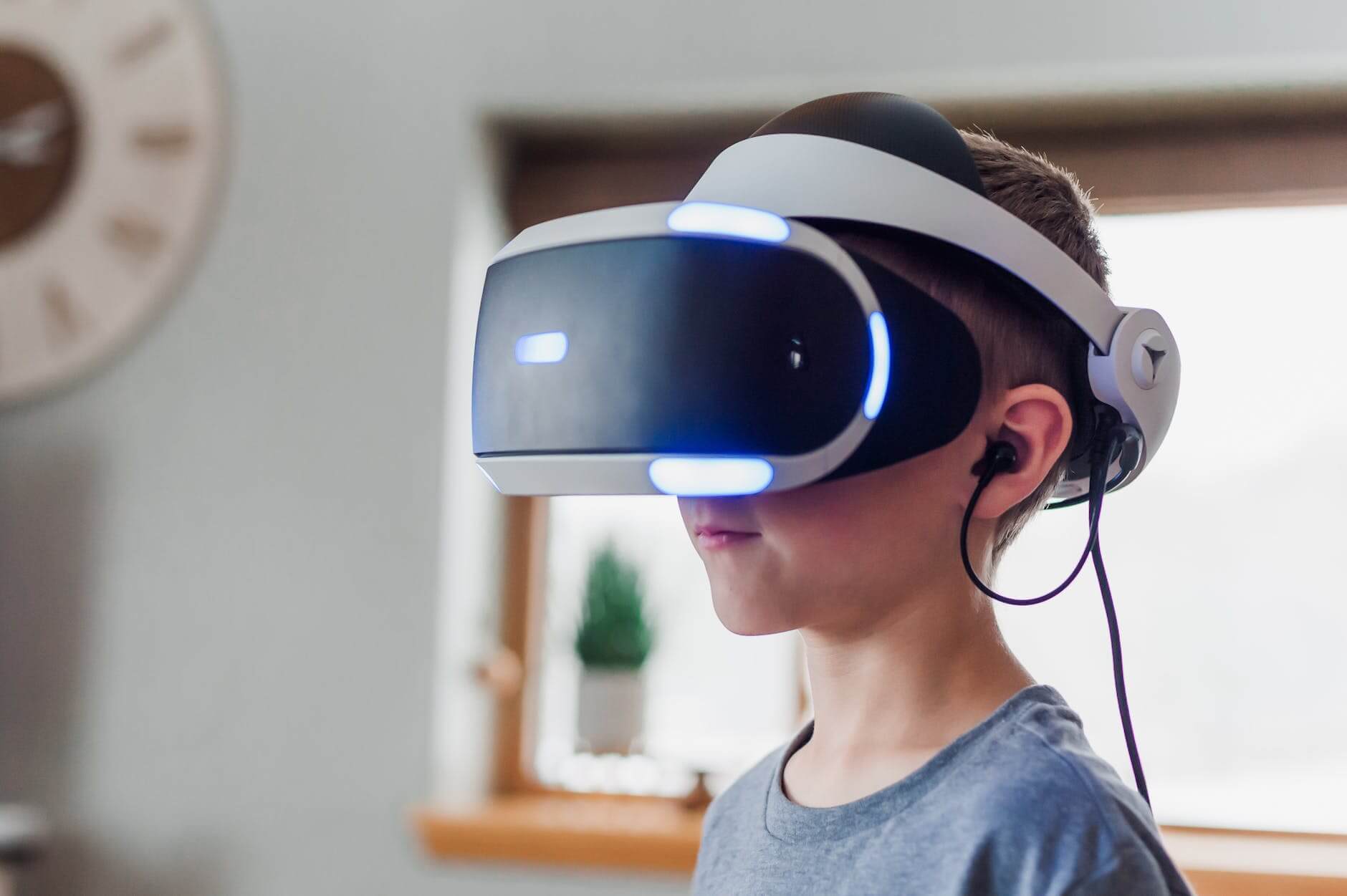
What’s the difference between AR and VR?
Augmented reality (AR) and virtual reality (VR) are two technologies that are quickly gaining traction in the business world. While they both have their own unique benefits, it can be difficult to understand the key differences between the two. This article will explore the major differences between AR and VR so that you can make an informed decision about which technology is right for your business.
What is AR?
AR, or augmented reality, is a technology that allows users to superimpose digital content onto the real world. This can be done through the use of AR devices such as head-mounted displays or smartphone apps. AR has been used in a variety of different fields, including gaming, retail, and education.
One of the key advantages of AR is that it allows users to interact with digital content in a more natural way. For example, in a gaming setting, AR can be used to provide players with information about their surroundings and enemies. In education, AR can be used to provide students with an immersive learning experience.
Another key advantage of AR is that it has the potential to revolutionize the way we interact with the world around us. For example, AR can be used to create interactive maps that provide real-time information about our surroundings. AR can also be used to create virtual assistants that can help us with tasks such as shopping and navigation.
What is VR?
Virtual reality (VR) is a simulated experience that can be similar to or completely different from the real world. Applications of virtual reality include entertainment (e.g. video games) and education (e.g. medical or military training). Other potential uses include shopping, architecture, engineering and more.
Virtual reality is created with a computer-generated environment that simulates physical presence in places that don’t actually exist or that are difficult to visit in person. For example, you could explore a historical site like Pompeii without having to travel there yourself. You could also get a front row seat at a concert by your favorite band without leaving your home.
What is AR?
Augmented reality (AR) is a type of virtual reality that combines the real world with computer-generated elements (e.g. graphics, sounds, videos). Unlike VR, which creates a completely simulated environment, AR allows you to interact with the real world while still seeing digital information overlaid on top of it.
One common example of AR is Pokémon Go, which overlays digital creatures onto the real world for you to catch. Other examples include Snapchat filters and IKEA Place, an app that lets you see how furniture would
What are the differences between AR and VR?
It can be easy to confuse augmented reality (AR) with virtual reality (VR). Both technologies allow users to experience a computer-generated environment, but there are some key differences between the two.
Augmented reality overlays digital information on the real world, while virtual reality creates a completely artificial environment. Augmented reality is typically used for gaming, education, and productivity applications, while virtual reality is used primarily for entertainment and gaming.
Virtual reality headsets are usually more immersive than augmented reality devices, as they block out the real world completely and replace it with a digital environment. However, this also means that virtual reality can be more disorienting and cause motion sickness in some users.
Augmented reality devices can be less intrusive than virtual reality headsets, as they don’t block out the real world entirely. However, they can still be distracting, and it can be difficult to control what information is being displayed.
How can AR and VR be used?
There are many ways that augmented reality (AR) and virtual reality (VR) can be used. Some of the most popular uses for AR and VR include:
-Games: Both AR and VR can be used for gaming purposes. AR games are typically played on a mobile device, while VR games are played using a VR headset.
-Entertainment: AR and VR can also be used for entertainment purposes. For example, you can use AR to view movies or TV shows in a virtual theater. Additionally, some amusement parks are now using VR technology to give visitors an immersive experience.
-Education: These technologies can also be used for educational purposes. For example, medical students can use VR to simulate different medical procedures. Additionally, history students can use AR to view historical sites and events.
What are the benefits of AR and VR?
There are many benefits of AR and VR. Some benefits of AR include:
1. Improving efficiency and accuracy in tasks such as surgery, assembly line work, and architecture
2. Allowing people to experience dangerous situations without putting themselves in harm’s way
3. Helping people with disabilities or physical limitations to interact with the world
4. Enhancing educational experiences by bringing abstract concepts to life
5. Enabling businesses to create immersive, interactive customer experiences
Some benefits of VR include:
1. Allowing people to experience alternative worlds and scenarios
2. Helping people overcome fears and phobias
3. Enhancing communication and empathy by providing a shared experience
4. Improving physical rehabilitation after an injury
5. Enabling businesses to create realistic simulations for training purposes
Are there any drawbacks to using AR or VR?
Yes, there are a few drawbacks to using AR or VR. For example, VR can cause motion sickness in some people. Additionally, VR headsets can be expensive, and the technology is still relatively new, so there aren’t a ton of options on the market yet. As for AR, one potential drawback is that it can be difficult to find apps that work with your specific device.
Conclusion
So, what’s the difference between AR and VR? In a nutshell, AR is an overlay of digital information onto the real world, while VR creates a completely simulated environment. Both have their own unique benefits and drawbacks, so it really depends on what you’re looking to use them for. If you’re interested in exploring new worlds and experiences, then VR is probably your best bet. However, if you need something that can be used in everyday life to help with tasks or navigation, then AR might be a better option.





